There’s so much happening on screen during The Cabin in the Woods – Easter eggs, monster cameos, inside jokes – that it can be easy to forget that it’s just as chaotic behind the cameras. While fans are busy enjoying the story and theorizing about its meaning, plenty of people had to work hard just to make sure audiences would be able to see it in the first place.
From constant problems with releasing to the difficulties and details of the special effects work, there are plenty of fascinating behind-the-scenes facts and tidbits from The Cabin in the Woods that will make you appreciate even more the awesome final product the cast and crew created.
1. Bringing The Merman To Life Was Extremely Difficult
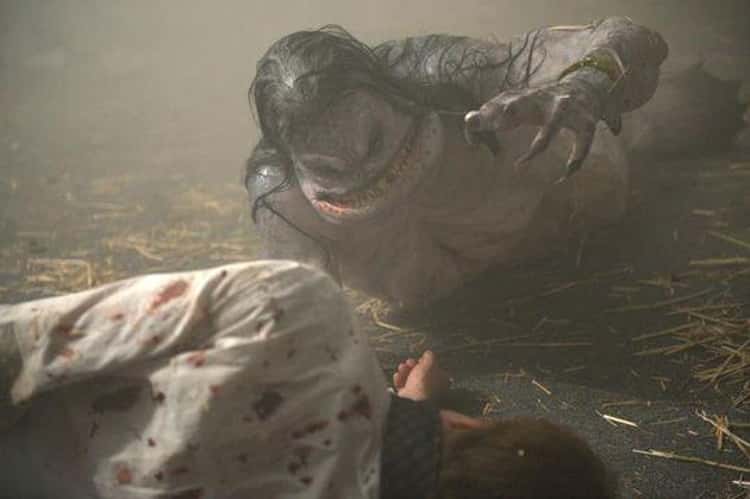
One thing The Cabin in the Woods is pretty famous for is its inclusion of a laundry list of monsters referencing a wide range of other horror films. Many of them were also created with makeup and practical rather than digital effects, something that pleased the effects designer for the film, David LeRoy Anderson. In one interview with ScifiNow Magazine, he described the film’s famous Easter egg-laden white board as “a shopping list of what we had to do… That’s pretty much the same board we had. Ours had a calendar next to it.”
Of all these monsters, apparently the merman, which fascinates and ultimately kills Bradley Whitford’s character, was the most difficult to create. Anderson was quoted in EW saying:
The merman, for a number of reasons, was the most challenging. I think we did more renditions of that character than any other character. We kept missing our cut-off deadlines. We just kept struggling to get the final approval.
The actor portraying the monster apparently had it pretty rough, too, as Anderson goes on to say:
For the performer on set, it was definitely the most painful makeup. He was completely immobile. He was basically a fish for 12 hours and had to be carried around on a stretcher. When he was laying on the floor, we’d give him a little pillow, and he’d kind of curl up in a fetal position and go to sleep. There’s a lot of really cute pictures of the merman napping. We’d go gently wake him up and say, ‘It’s time to kill.’
2. Countless Death Scenes Had To Be Individually Filmed For This One Shot
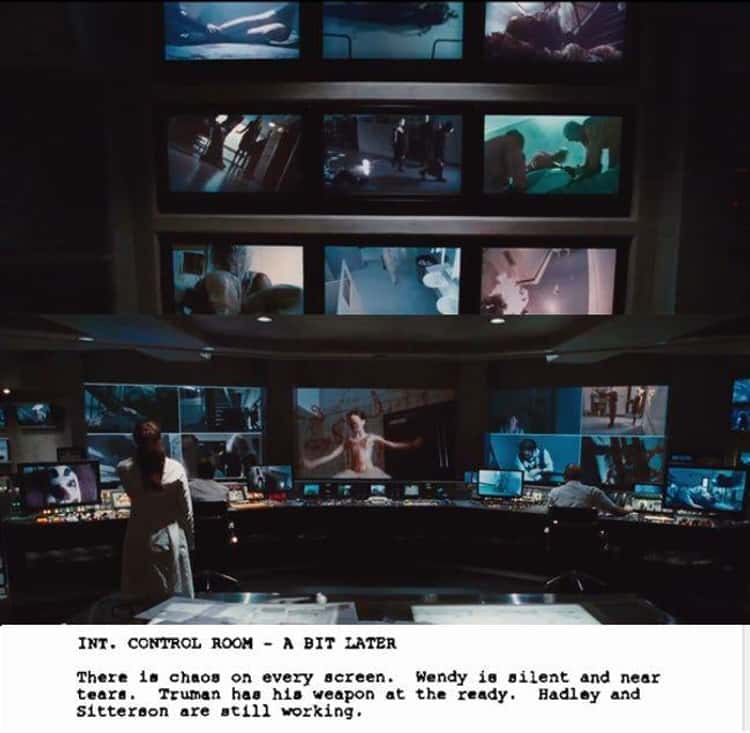
The end of the film is an absolute bloodbath. Dana (Kristen Connolly) hits a giant red button to release every monster in the movie at once, and employees throughout the facility start getting wiped out as those in the main office can only watch helplessly from the monitors. This scene is described with one sentence in the script: “There is chaos on every screen.” Yet somehow it ended up being the most difficult scene to film in the movie.
Said director Drew Goddard when asked about the experience:
The control room was a nightmare… We had eighty screens that needed to be synced. In a big budget film you’d just blue screen all those screens, but we had to have a guy at a computer syncing all of those screens. I had particular ideas about what I wanted on those screens, and the beats in that were happening as we were doing dialogue. So screens are playing, actors are performing dialogue, and we’re moving the camera. When it came together it was the best moment of the shoot.
But he doesn’t seem to regret the grueling work, going on to say, “Making it work was really just refusing to accept failure. There were so many points where people would have wanted to quit. [But it] was essential.”
3. The Director Knew Chris Hemsworth Would Be A Star
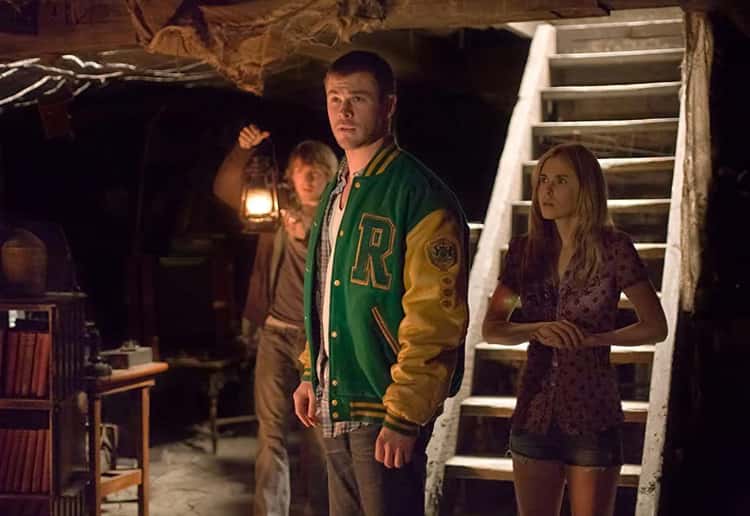
Chris Hemsworth was nowhere near the A-lister he is today when he was cast as jock archetype Curt for this film. His most notable role was a minor appearance as Kirk’s father in J.J. Abrams’s Star Trek reboot. He auditioned for the role of Thor but felt as though he blew it and lost the opportunity.
However, after landing his place in Cabin, Joss Whedon was impressed enough by his acting skill to push him to audition a second time, and vouch for him to Thor director Kenneth Branagh. This time, Hemsworth landed the role. Moreover, when MGM saw footage of Hemsworth acting as a leader (during the scene before the big motorcycle jump), they decided to cast him in Red Dawn.
Essentially, The Cabin in the Woods was Hemsworth’s gateway to fame. Ironically, however, because its release was so delayed in the face of MGM’s financial troubles, Cabin didn’t premiere until long after Hemsworth was making headlines as Thor, even though the horror film was completed much earlier.
4. The Mug/Bong Prop Really Worked
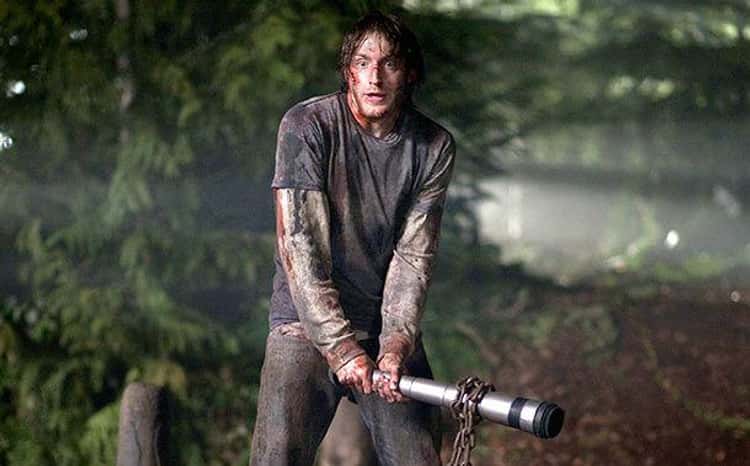
Marty, portrayed by Fran Kranz, is a fan favorite due to all the snarkiness and comic relief he offers. Although he fits the slacker/stoner archetype, it is this very thing (that is, partaking of the devil’s lettuce) that causes him to be immune to the chemical manipulation his friends fall victim to.
As it turns out, it wasn’t fake, either. That collapsable coffee mug/bong prop was fully functional. Kranz, who thorougly enjoyed playing the character, described it:
You know, I wish I kept that bong. It was a functioning bong. You could drink out of it, coffee – whatever, you could smoke out of it. It was a prototype, so [when] they were developing the bong, I heard it cost $5,000 to figure this thing out.
Apparently after the film came out, various companies tried to capitalize on the idea, developing their own mug/bong products to mass produce and sell.
5. The Script Was Written In Just Three Days
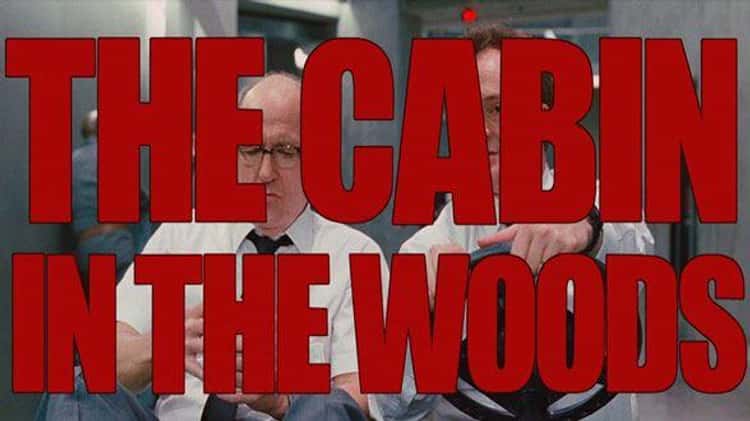
The film was directed by Drew Goddard, and written by both him and Joss Whedon. Both men had also previously written for Buffy the Vampire Slayer, but this new experience working together would be totally different. Whedon proposed they lock themselves in a hotel room, and write the whole movie over one weekend. Goddard happily agreed, and the two produced a script in just three days.
He later said of the process:
I think the most surprising thing was how much fun it was. It’s definitely scary to say we’re locking ourselves in our hotel and we’re not allowed to leave until we have a script. That’s a little terrifying, and yet in the case of Cabin, it was just fun.
It seemed to work, though the finished product needed some trimming. Goddard continued, “I have to say, everything we wanted to make into the film at the end of the day made it into the film.”
6. The Actors Had To Learn New Skills
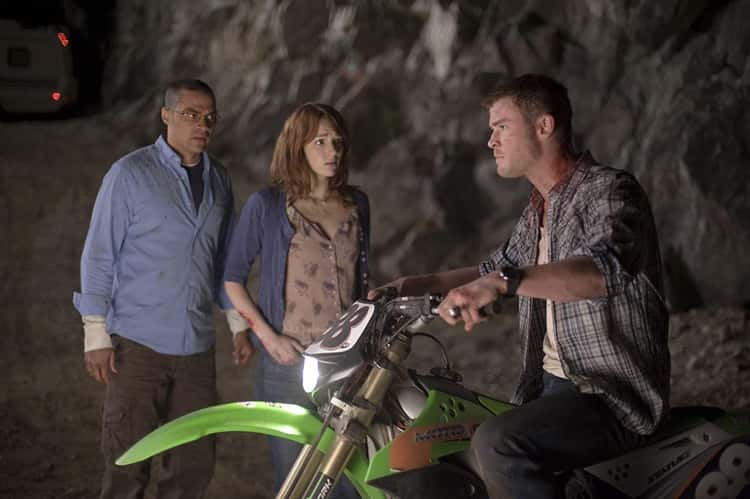
Although there were plenty of stunt men and women working hard on set to complete some of the more action-packed scenes, the actors still had to learn new skills for certain shots. According to cast member Fran Kranz, Chris Hemsworth had to learn how to ride a motorcycle for shots leading up to the big bike jumping scene, and Kristen Connolly and Jesse Williams trained with scuba divers in order to film underwater scenes. As the resident stoner character, Kranz himself spent time learning how to roll joints and smoke fake marijuana in a sort of boot camp he called “pot school.”
7. Joss Whedon And Drew Goddard Were Wary Of Studio Meddling
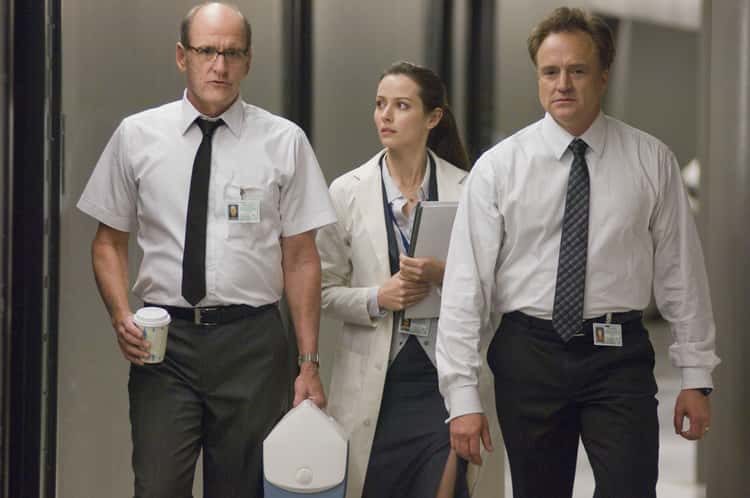
Whedon and Goddard wanted to make sure the finished film hewed as close as possible to their original vision, so they protected the script at all costs. Rather than constructing it within a studio writers’ room under the eyes of producers and developers, they sketched up the whole script by themselves and built their own budget plan before shopping it around. In an interview for Indiewire, Goddard said, “We did everything ahead of time – we wrote it, we got our budgets, and put the package together. We just said, ‘This is what it is, this is what it’s going to cost – if you want it, great, if you don’t, no hard feelings’ and sent it to the studios.”
Even after the script was in studio hands, they resisted drastic changes. When MGM wanted to make the movie 3D, they argued strongly against it. When there was talk of opening it up to sequels, Goddard simply said, “Every version of continuing the story undercuts the ending that we had in Cabin, and I just feel like that continues to be the perfect ending for that movie and I never want to undercut it.”
8. There Was Originally A Video Game Tie In
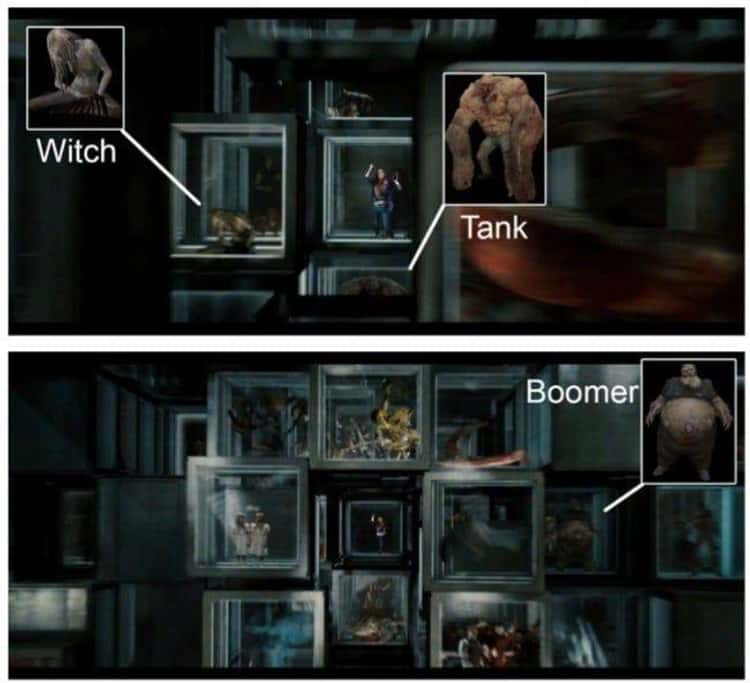
Eagle-eyed viewers might notice familiar faces from beyond cinema when it comes to the facility scene with all the monsters in cubes. Making cameos are some of the special infected zombies from the Left 4 Dead video game franchise. This is because the movie was originally going to have a tie in with the Left 4 Dead 2 game, which would offer downloadable content based on the movie’s settings. The collaboration was scrapped after MGM went bankrupt, but the studio was permitted to leave the monsters in the movie.
9. Bella And Edward Are Nearby
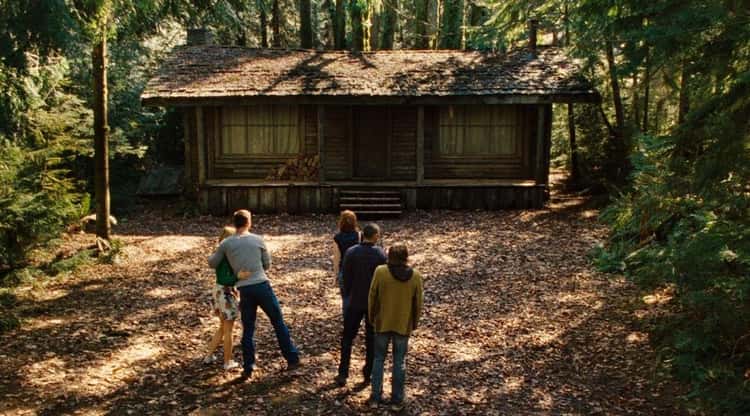
The titular woods in which the movie is filmed are located right outside of Vancouver, the same woods where Twilight was filmed. Both movies were actually doing their principle photography at the same time. “If you pan left in any shot, you’ll see Bella and Edward,” jokes Goddard on the commentary included in the Blu-ray release of the film.
